CIRC suggests that doping has gone underground with micro-dosing and TUE abuse
Fuentes still working with riders
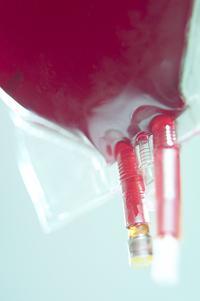
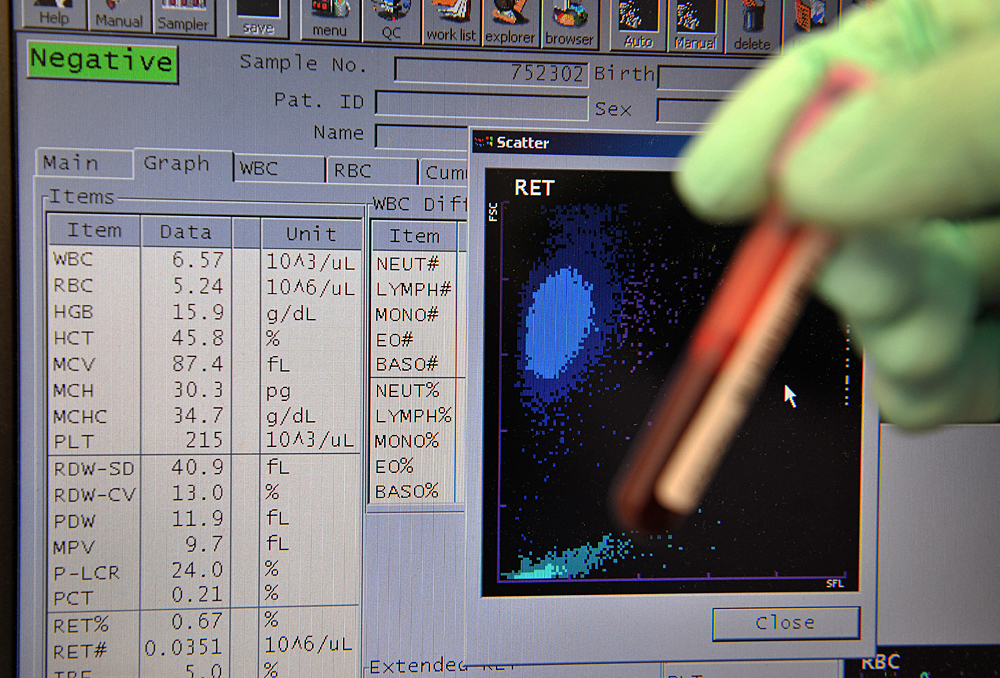
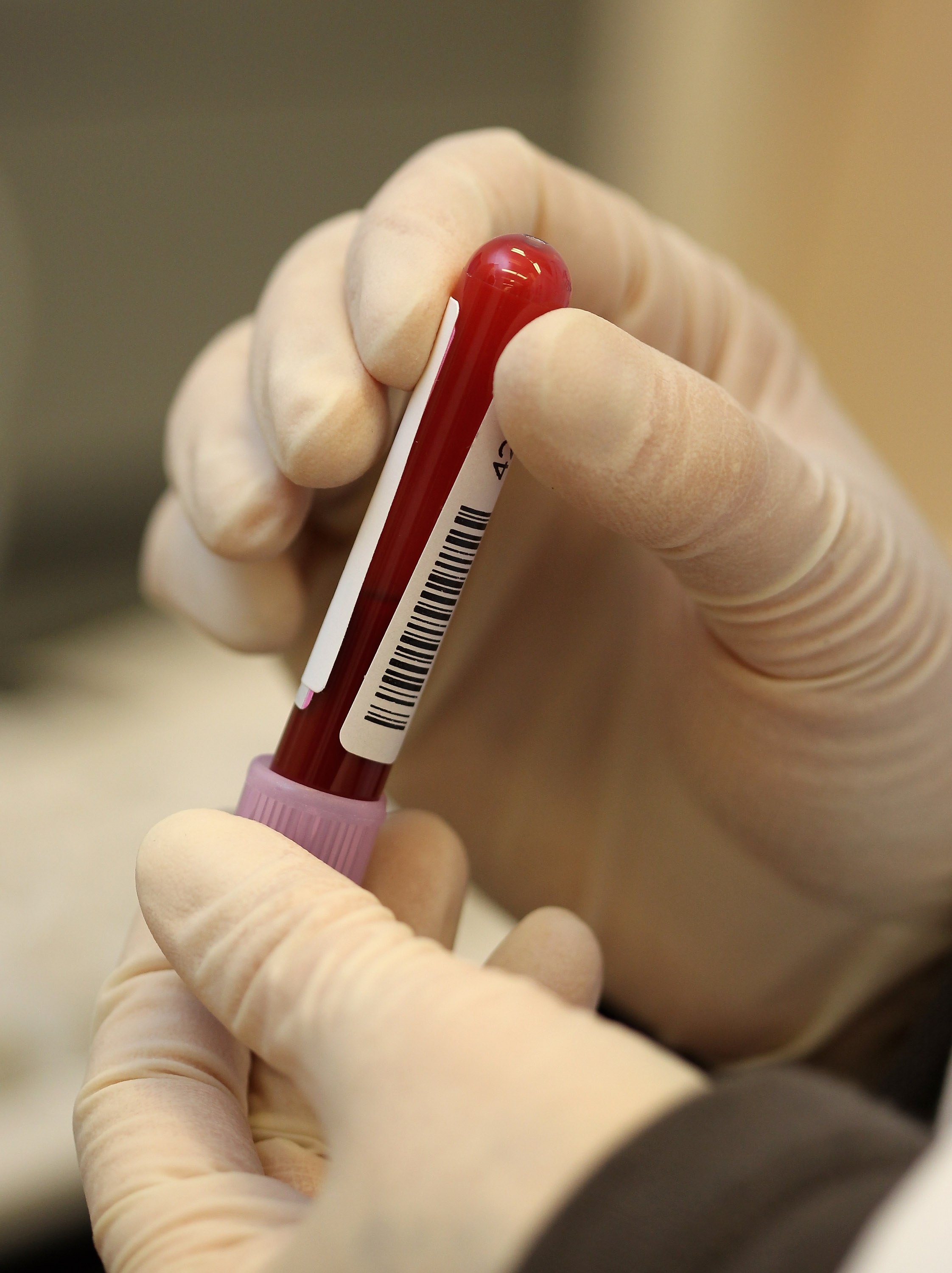
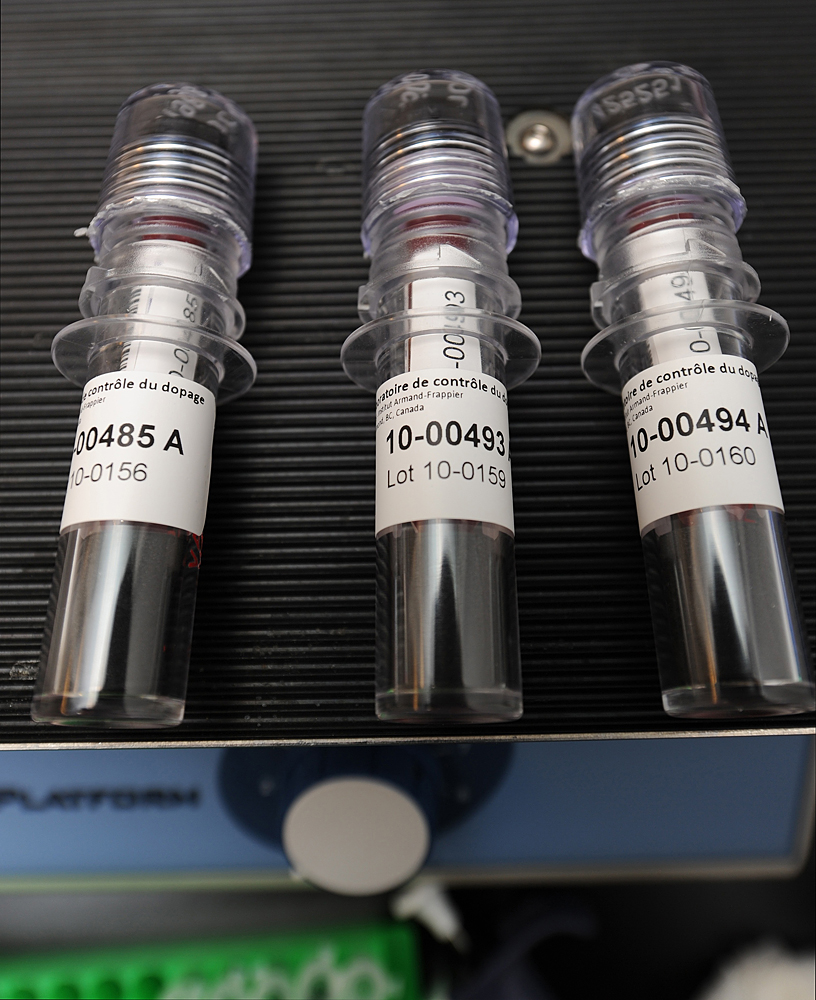
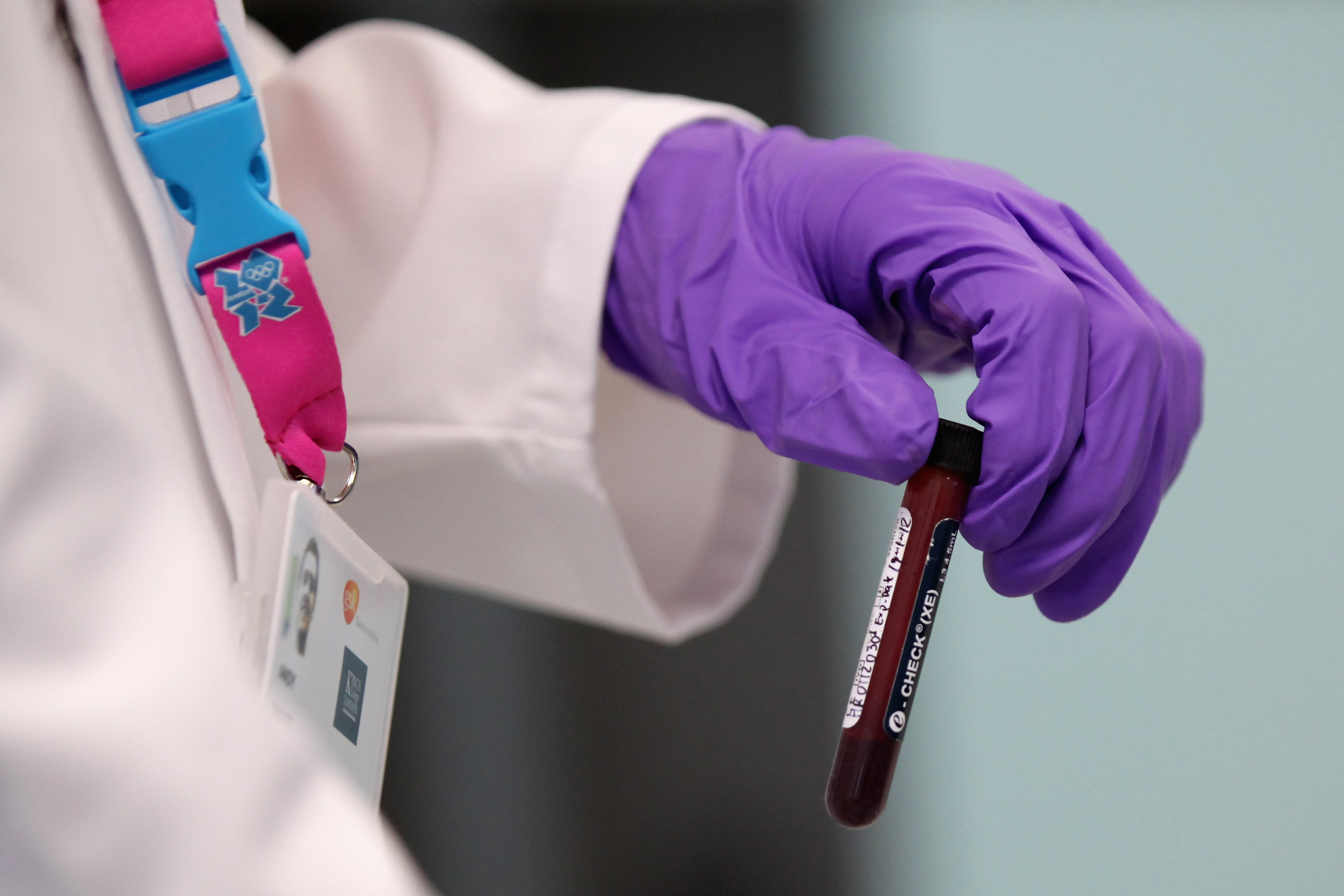
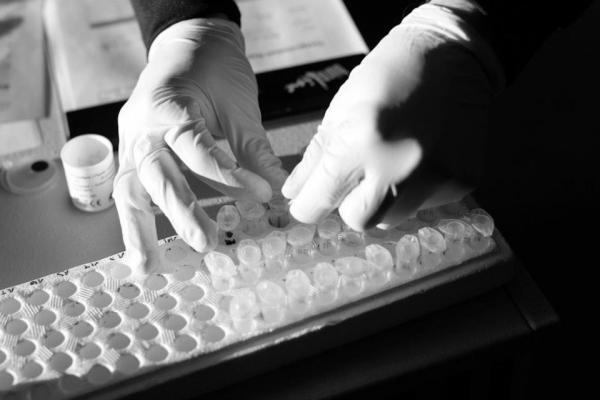
A third of the 228-page CIRC report looks at the problem of doping in professional cycling. It includes an historical overview of the various form of doping used over the years, especially the more recent EPO generation and suggests that some riders are now micro-doping to stay within the limits of the Biological Passport. It also recalls the numerous doping scandals; media investigations and police investigation that helped reveal the doping that was secretly being done in professional cycling.
UCI to publish CIRC report on Monday
CIRC recommends retroactive testing, survey of doping
CIRC: No new doping admissions or proof of corruption in UCI
CIRC: Lance Armstrong's ban holds as McQuaid and Verbruggen fall under scrutiny
CIRC finds no proof of UCI corruption but questions linger over governance
CIRC: Contador given favourable treatment by UCI after 2010 Tour de France doping positive
CIRC uncovers serious weaknesses in UCI anti-doping strategy
The report reads: "The Commission was told that today doping performance gains are perhaps around only 3-5%, compared to 10-15% ten years ago. Other cumulative gains derived from technical cheating can make up the 3% doping gains. By doping and by broader cheating, maximum gains can be made."
The report is broadly critical of the UCI's stance on doping until recent years and how it failed to effectively fight the use of EPO in the early nineties, which it describes as a "Game Changer" due to a reported 10-15% increase in performance. The 50% haematocrit limit introduced in 1997 reduced this percentage, as did the introduction of a urine-based detection test for EPO in 2000, with riders switching to blood transfusion and intravenous and micro-doses of EPO. As Operacion Puerto revealed, riders took huge risks with blood transfusion but the benefits, especially during long stage races, was significant.
One rider told the report that he acted as his own transport system. He was injected with two to three units of blood in Madrid and then travel to France where the units would be removed immediately, to be used later throughout the Tour.
Doping has gone underground
The CIRC report suggests that the various scandals and investigations, and the introduction of the Athlete Biological Passport (ABP) in 2008 changed the way some riders and teams doped, with doping largely now an "underground" activity and not via organised team doping programmes as was often the case in the nineties. However the report said that knowledgeable and reliable people "were of the view that there is an elite who are still doping in a sophisticated way today."
"A common response to the Commission, when asked about teams, was that probably 3 or 4 were clean, 3 or 4 were doping, and the rest were a "don’t know". However the lesser benefits of doping has meant that many riders now "believe that they can have a career riding clean." The CIRC report considers this "a key development in the fight against doping."
Get The Leadout Newsletter
The latest race content, interviews, features, reviews and expert buying guides, direct to your inbox!
It seems that specialist doping doctors remain key to an efficient doping programme, with their medical advice vital to trick the Biological Passport, manage blood values and advise on the last performance enhancing products (GW1516, AICAR and EPO variants) and techniques. The Commission was also told that Dr Eufemiano Fuentes is apparently still treating athletes despite being banned in 2013 from practicing sports medicine for 4 years. He is reported to be operating in South America.
The report claims that at least 69 different doctors between 1985 and 2014 assisted in the doping of riders with a large percentage of doctors working with different teams. The report claims that "three well-known "doping doctors" have been involved with 19 or 20 teams, and two of them were mentioned in 22 and 15 incidents over 16 and 18 years respectively. Another doctor has been involved in 8 doping incidents over 6 years."
The Commission was told of a team below the UCI WorldTour recently involved in doping. It was claimed that the team manager and sports director brought a nutritionist into the team who advised a selected group of riders within the team on a doping programme. The instructions were to administer 1000 ml of EPO Zeta every second day after 11pm at night, and alternate in the winter with HGH and Lutrelef, a hormone. Their haematocrit levels were to be tested every third day, and amounts of EPO Zeta reduced to 500 ml as the season approached. The nutritionist owned a gym, through which substances were procured from Eastern Europe. It was further explained that the team manager was also a senior person in a prominent anti-doping movement, and had later on introduced strong anti-doping clauses in the team contracts, including the imposition of significant fines for anyone caught doping.
Corticoids and the abuse of the TUE system
It seems that corticoids are still being used and abused, often masked by requests for Therapeutic Use Exemptions (TUE) to UCI Medical staff, with one rider telling the CIRC commission that he believed 90% of TUEs were used for performance-enhancing purposes. TUE abuse is also an issue in women's cycling, with the report saying that some riders turn up at race with "extensive folders of TUE- related documentation."
He added that when used in large quantities and in conjunction with other substances, they supported performance gains. Another doctor stated that some quite recent big wins on the UCI WorldTour were as a result, in part, of some members of the team all using corticoids to get their weight down to support the individual who won (who also used the same weight-loss technique). It was reported that this had been a planned approach by that group's management.

Stephen is one of the most experienced member of the Cyclingnews team, having reported on professional cycling since 1994. He has been Head of News at Cyclingnews since 2022, before which he held the position of European editor since 2012 and previously worked for Reuters, Shift Active Media, and CyclingWeekly, among other publications.